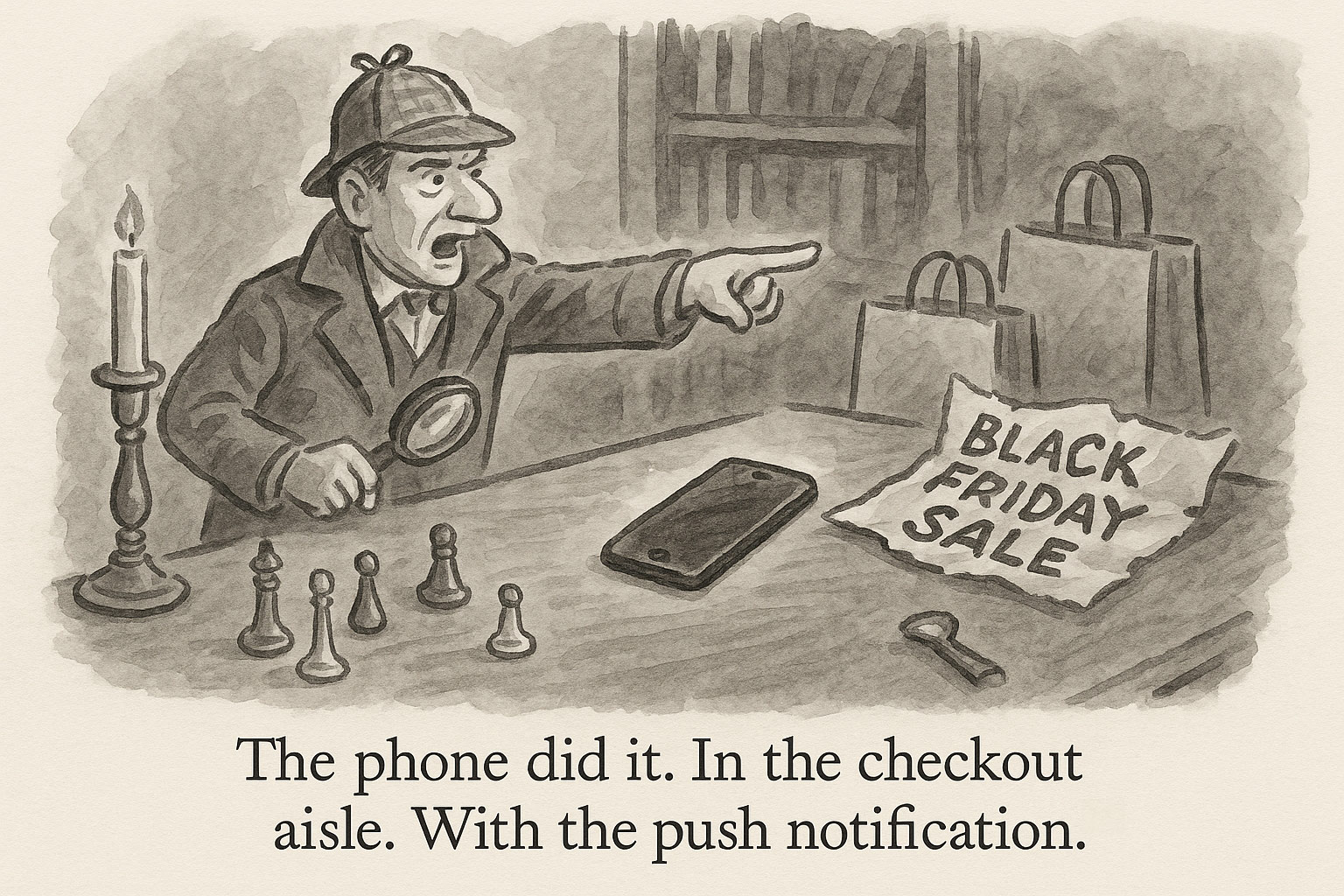
Your AI Companion Got Tagged by a Digital Sharpie

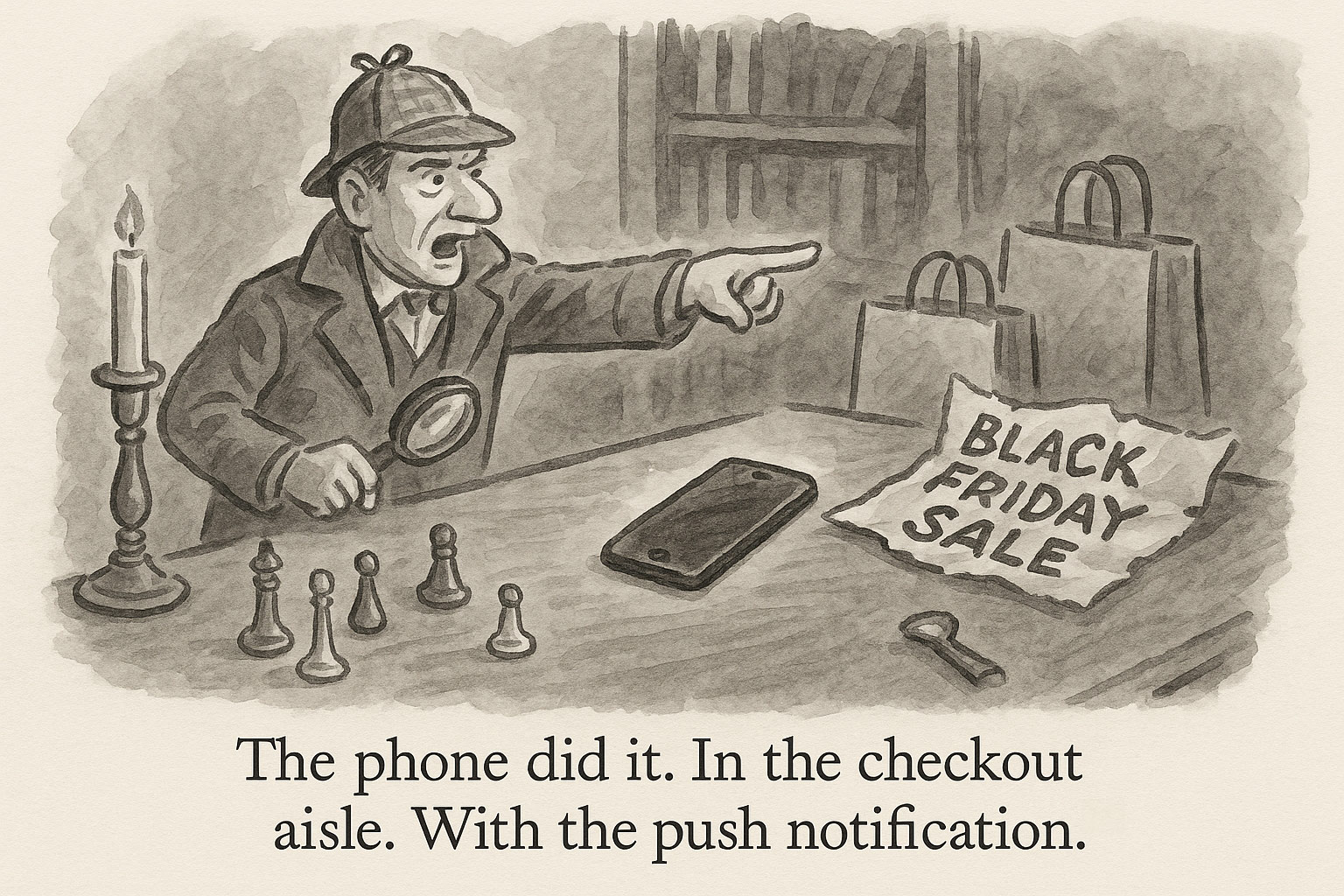
Welcome to Q4, futurists.
We’re in the endgame now. The three months when holiday magic and anxiety culminate into an artful concoction that smells of nutmeg and induces mild nausea.
This holiday season is not quite the same as it was last year. For one, consumers are shopping earlier. They’re using more tools (ahem, AI) to get the best product at the best price. At the same time, they’re navigating price increases, inventory availability issues, and supply chain delays, as they also try to keep pace with the latest social trends that are sure to make their fine-tuned shopping lists completely irrelevant in a week’s time.
It’s almost as if our phones have murdered Black Friday.
In our quest for empowerment, we’ve lost sight of the cultural customs and experiences that have made the holiday season so meaningful: shopping on Black Friday morning to find the perfect gift for a family member, taking pictures with Santa at the local department store, and peering into store windows to see the stories the brands had to tell.
Our need for control and efficiency has completely eliminated joy from the experience.
Merchants are responding by discarding the old playbook and throwing everything at the wall: gamification, hyper-personalization, and enough storytelling to make your MFA-holding copywriter weep. The goal, of course, is to convert one-time holiday gift-givers into the kind of long-term customers who'll actually open your emails in March.
During K:BOS, Klaviyo experts dragged in their most successful brand partners to spill what actually worked in 2024 and how they're retooling for 2025's fresh hell. Today, we're sharing some of those tactical gems.
→ Steal the BFCM playbook from brands that survived 2024
P.S. Trying to build loyalty when every brand is screaming "40% OFF"? Optimove's Moshe Demri joins the pod this week to break down their 2025 Holiday Shopping Report. Gain even more insight into targeting high-value shoppers without torching your margins.

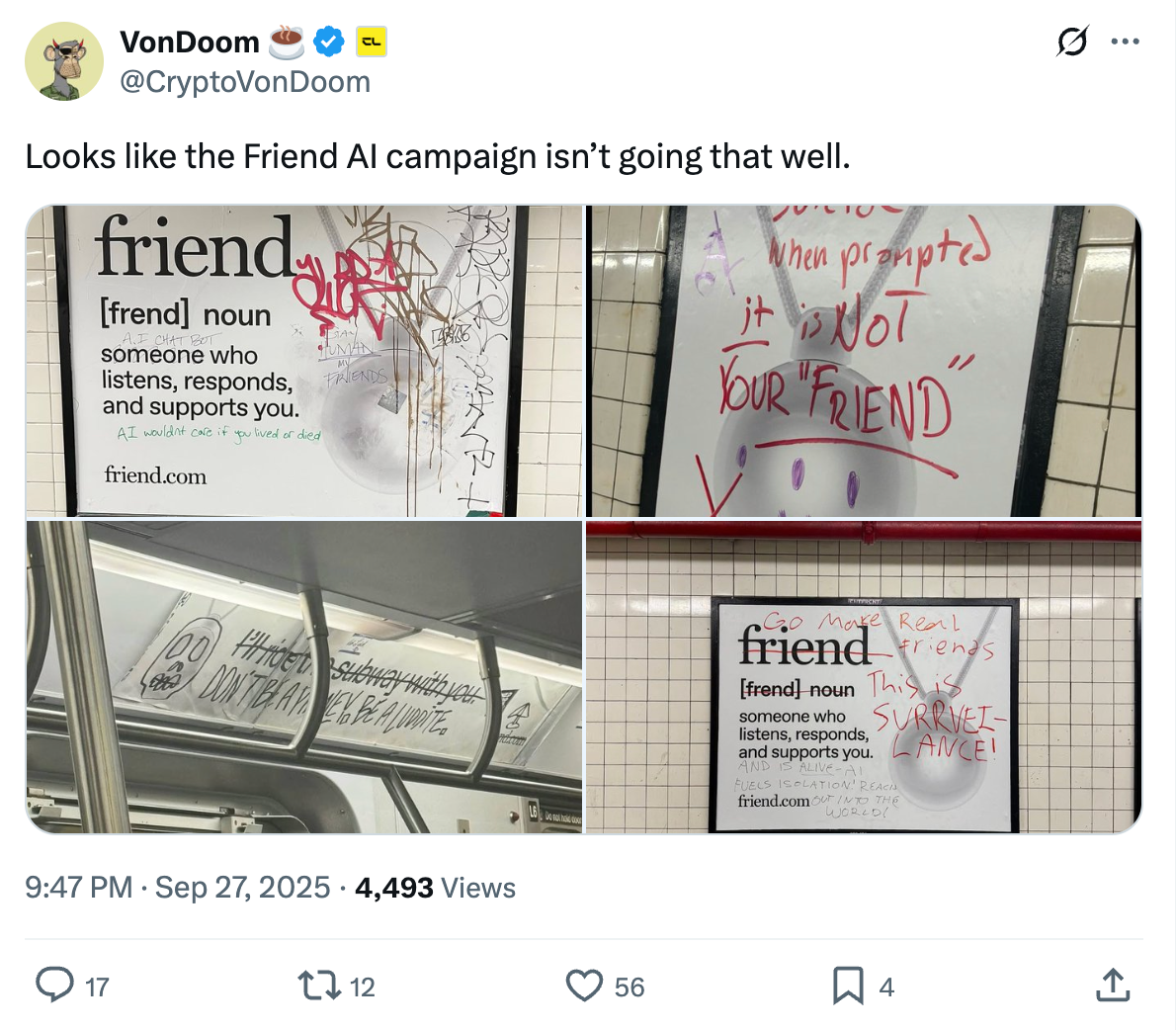
Friend's $1M Subway Takeover Gets the Multiplayer Treatment. The launch of AI startup Friend has led to the largest subway campaign ever. In fact, what started as a single-channel brand initiative has transformed into one of the most robust examples of multiplayer culture. Not only have New Yorkers publicly contributed to the ads through good-old-fashioned vandalism, but someone (@marcgmbh on X) has created a digital experience that allows you to interact with the campaign online.
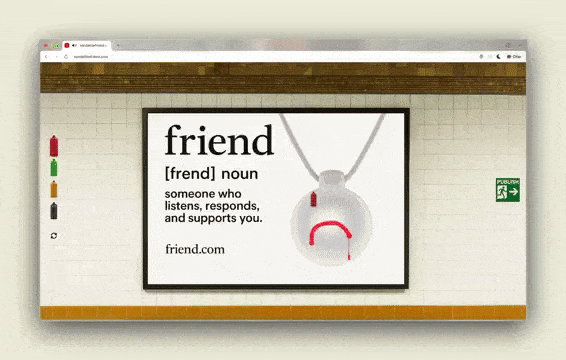
The company’s mission is resonating, for better or worse. For some, the AI-powered necklace tackles the loneliness epidemic head-on, giving them instant access to a companion with just a simple click. (As of Sept. 26, there were nearly 1,000 activated Friends.) For others, it’s simply a case of Black Mirror becoming our present-day norm.

Target Crawls Back with Demogorgon Popcorn Buckets. The floundering retailer is bringing the Upside Down to stores, hoping its churned customers will finally return. Through a direct partnership with Netflix and the creators of Stranger Things, Target is launching an expansive holiday campaign on Oct. 12 featuring the show’s talent and a 1987-themed Target store.
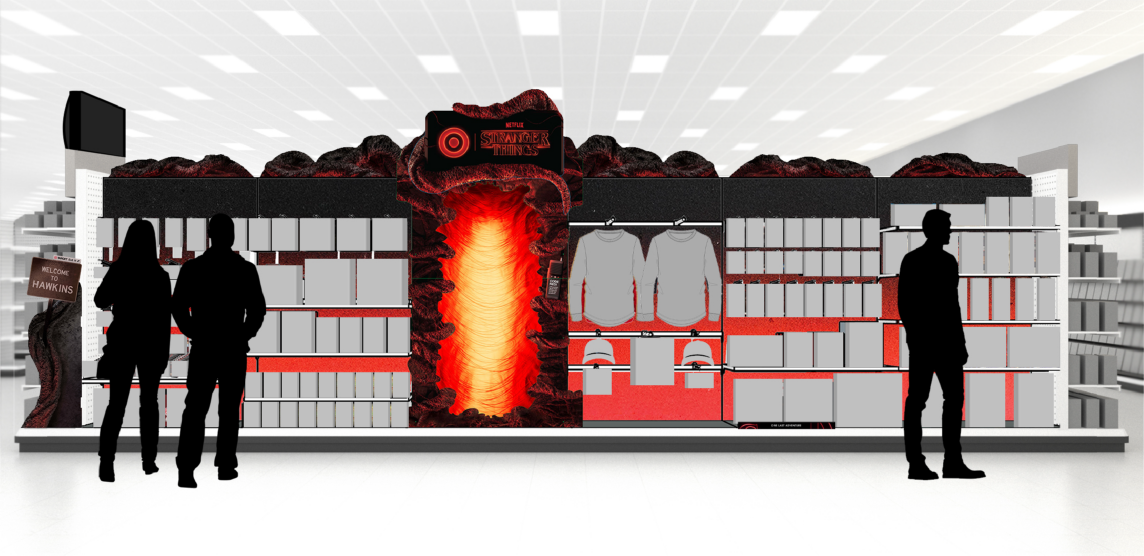
The retailer is also betting on the show’s expansive collection of more than 150 products, more than half of them being Target exclusives. Shoppers will be able to snag everything from a Demogorgon popcorn bucket to retro walkie-talkie phone cases and Hellfire Club-scented candles, which will be displayed in immersive Stranger Things-designed spaces in stores and online. And with the season dropping in three holiday-timed installments (Nov. 26, Christmas Day, and New Year’s Eve), Target is betting Hawkins nostalgia will help lift sales at a time when shoppers are pulling back.

Retrophilia Hits the Grocery Aisle. It turns out that clipping still counts, at least to Kroger customers. The grocer reported a sales lift after it resurrected paper coupons, particularly among older and less tech-savvy shoppers who felt “disenfranchised” by the digital-only era.
Interim CEO Ronald Sargent noted that many lower-income households are relying more on coupons and private-label products while making smaller, more frequent trips to stretch budgets. Meanwhile, higher-income shoppers are still splurging, just in bulk. The shift underscores a wider couponing comeback: redeemed offers, both digital and paper, have been climbing since the early 2020s.
Kodak Takes the Reel Again. Kodak is going to sell two new types of film directly to photography stores after seeing growing market demand. The two color-negative films, KODACOLOR 100 and KODACOLOR 200, are sub-brands of existing Kodak films. Eastman Kodak has invested heavily in its film manufacturing capacity, which has allowed the company to take the reins and stabilize film prices for customers for the first time in a decade. This will undoubtedly benefit the subculture of younger consumers who are ditching digital cameras and gravitating towards more analog experiences that offer a more rewarding creative payoff.

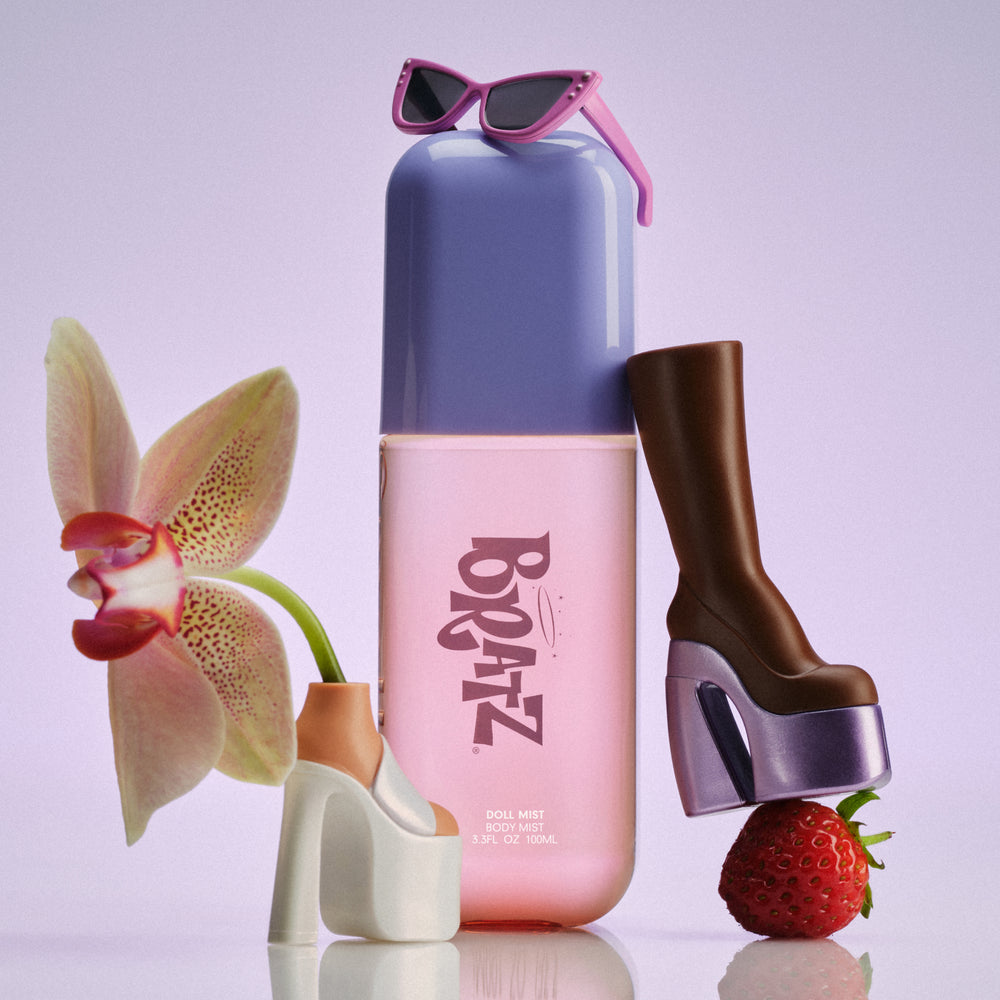
Smells Like Misogynistic Plastic. Boy Smells has launched a limited-edition Doll mist in collaboration with Bratz, the toy line that introduced platform shoes and overlined lips to the Y2K tween zeitgeist. The scent combines strawberry, orchid, and “plastic doll accord,” creating a “comforting musk” that is “a nod to the past with a modern twist,” according to perfumer Christine Hassan. This isn’t just any limited-edition product drop; it’s a nostalgic fantasy on full display, using the marketing appeal of limited quantities to drive urgency. As one commenter gushed: “Sad it’s only limited edition. Going to have to buy 5 more bottles!” And that’s exactly the point.

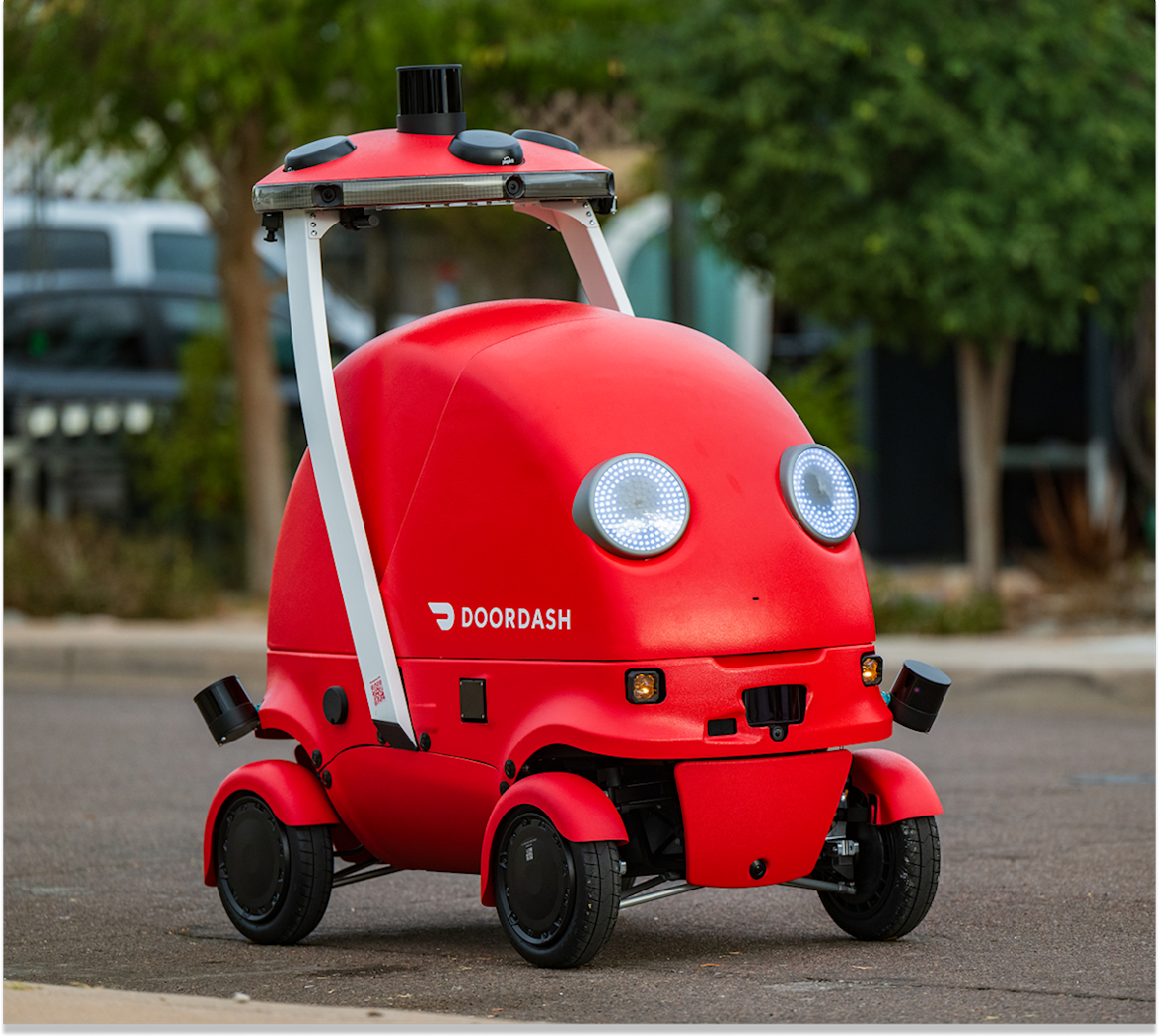
Revenge of the Takeout Bots. DoorDash is taking the (autonomous) wheel to get midnight takeout to you faster. Dot is the company’s first in-house autonomous delivery robot, which can travel at speeds of up to 20 mph, run for up to 8 hours on a swappable battery, and carry up to 30 pounds of food. At one-tenth the size of a car, Dot is designed for neighborhood trips, so as it zips along sidewalks, bike lanes, and roads, it promises faster handoffs and reduced emissions. But does this also mean lower costs for consumers, who are growing frustrated by high DoorDash fees and tipping rates?
Our Take: Dot is currently piloting in Tempe and Mesa, AZ, but so far, the response from local officials has been positive. Dot plugs into DoorDash’s new Autonomous Delivery Platform, an AI-driven dispatcher that decides whether an order gets handled by a Dasher, robot, or even a drone.
To DoorDash executives, Dot is one piece of a multi-modal delivery ecosystem, allowing Dashers to focus on high-value orders while bots handle short convenience runs. But autonomous delivery isn’t just about speed; it’s about trust. Some consumers may love the novelty of a bot rolling up with dinner, but if the emergence of “clankers” as a slur tells us anything, it’s that perception can shift quickly, especially if safety, reliability, and privacy are challenged.
DoorDash is betting that bots like Dot can blend into the everyday fabric of commerce, but public acceptance will hinge on whether these robots are actually helpful, or if they’ll just feel like intrusive machines wedged into our daily lives. With Walmart announcing that its drone delivery tests have been successful, not all hope is lost.
Credit Debt Becomes ROAS. Mastercard has officially entered the commerce media wars. The company launched Mastercard Commerce Media, a new digital ad network built on its permissioned payments data, connecting 25,000 existing advertisers to 500 million consumers.
By integrating its card-linking technology with content delivery, Mastercard aims to tackle a core challenge still plaguing many retail media networks: fractured attribution, limited cross-channel visibility, and inconsistent measurement. Citi, WPP, and Microsoft are strategic partners that add muscle and distribution breadth, especially as Microsoft’s agentic efforts within Copilot Studio advance.








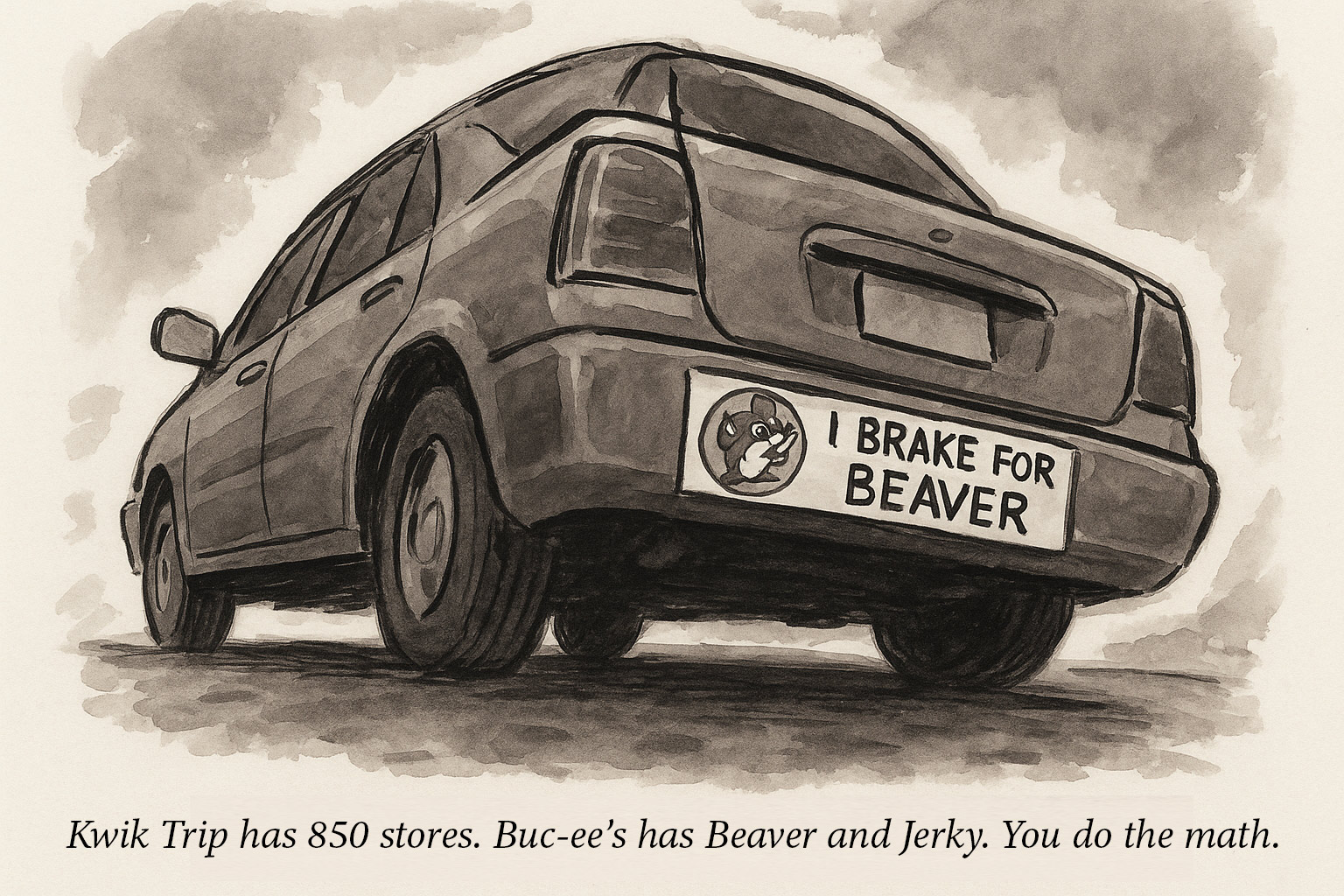
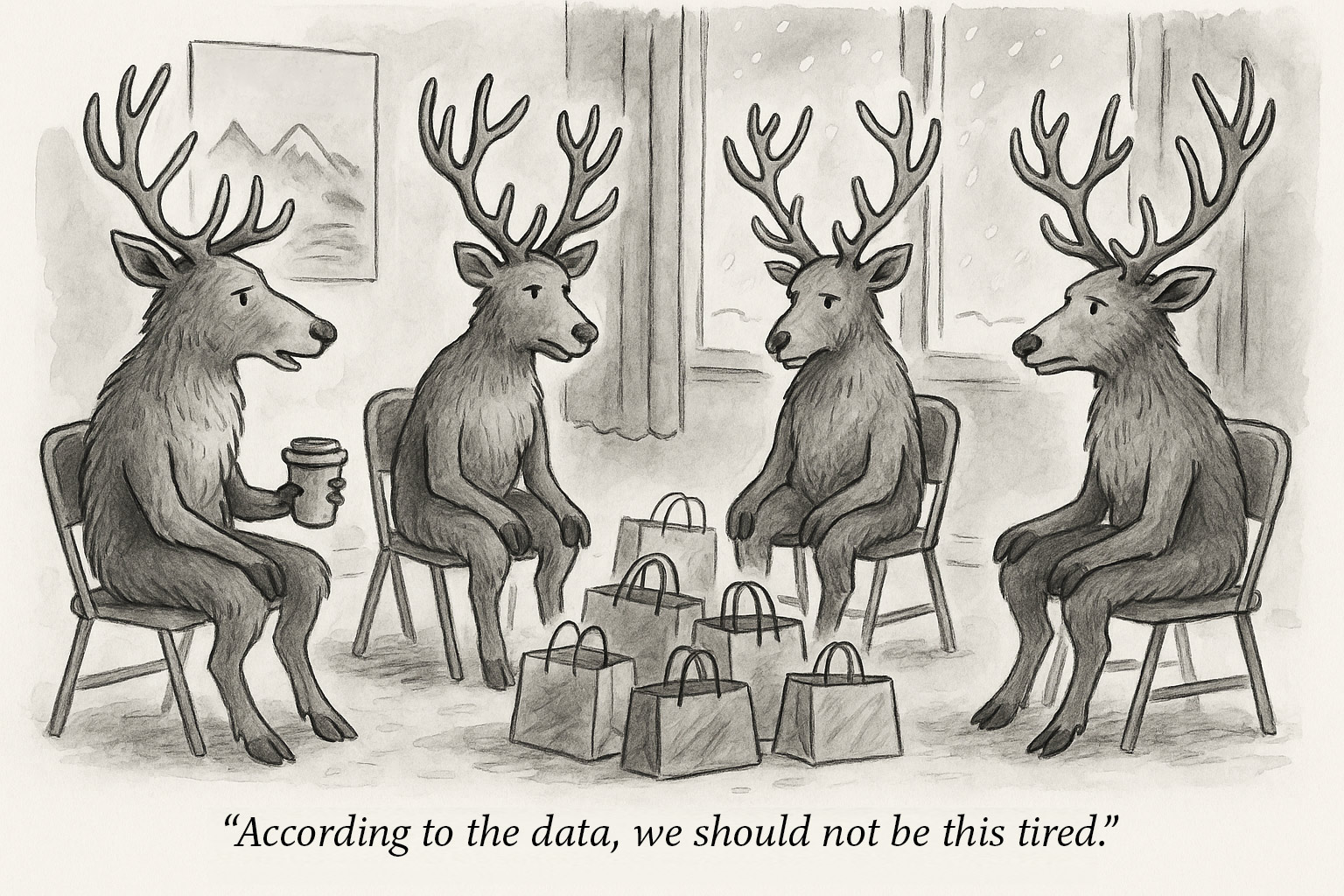
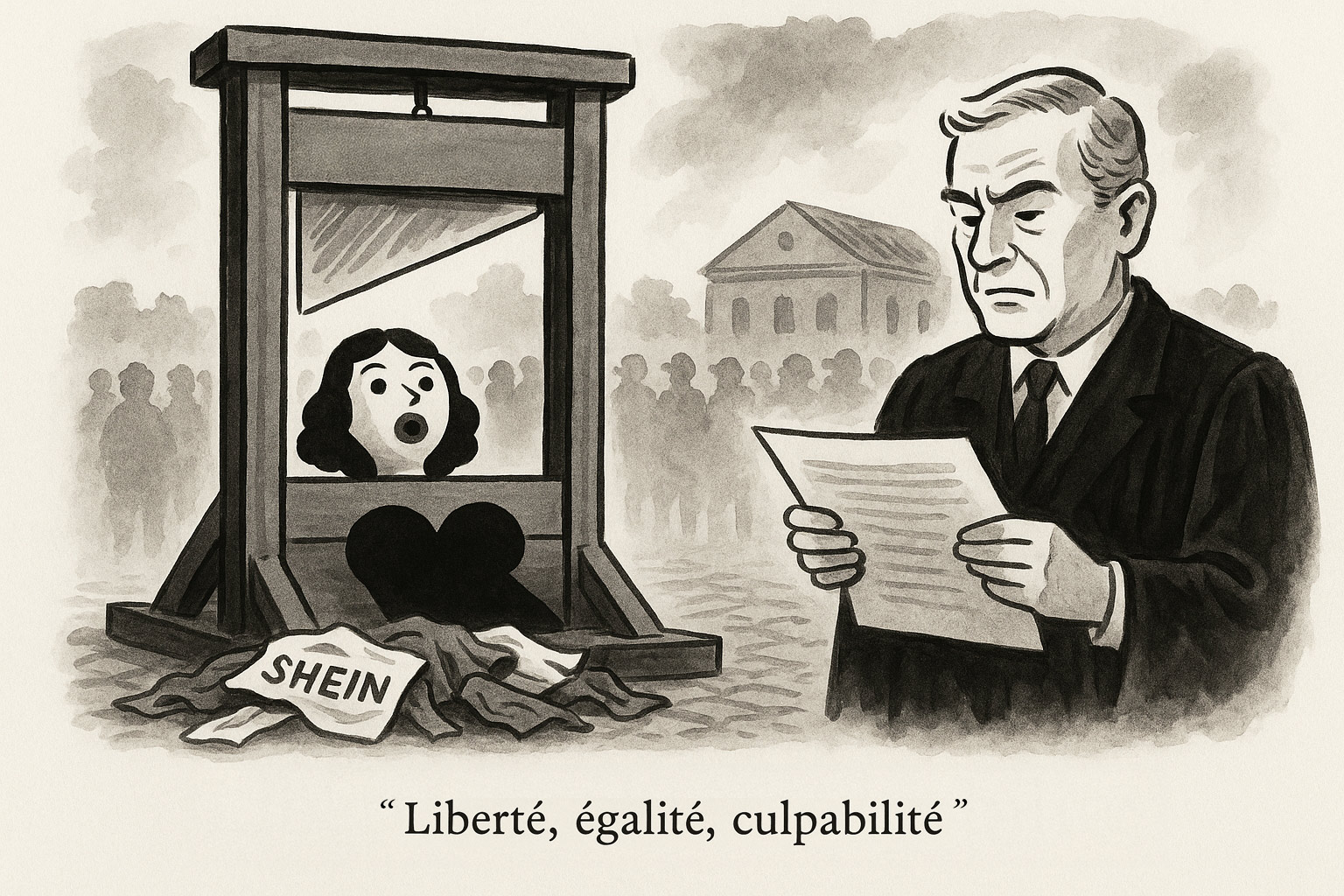
.svg)
